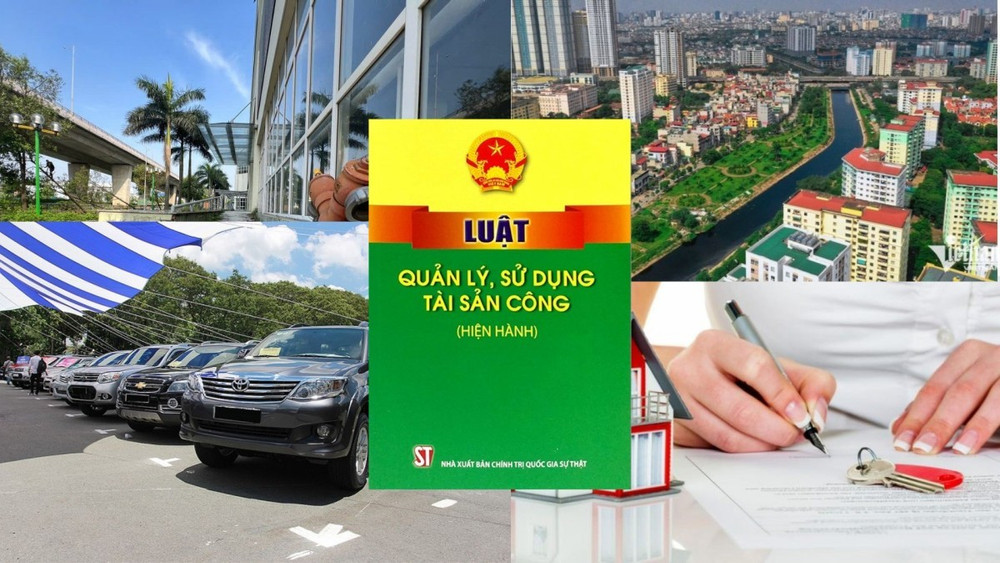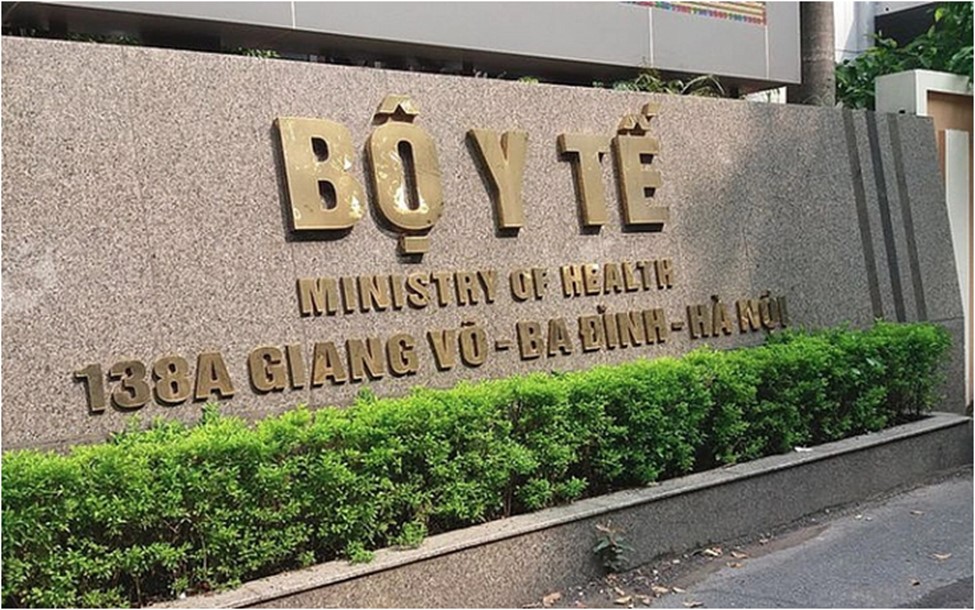Objectives of National environmental protection planning for the 2021-2030 period, vision to 2050 in Vietnam
On July 08, 2024, the Prime Minister approved the National environmental protection planning for the 2021-2030 period, vision to 2050 in Vietnam

Objectives of National environmental protection planning for the 2021-2030 period, vision to 2050 in Vietnam (Image from the Internet)
On July 08, 2024, the Prime Minister of the Government of Vietnam issued Decision 611/QD-TTg approving the National environmental protection planning for the 2021-2030 period, with a vision to 2050.
Objectives of National environmental protection planning for the 2021-2030 period, vision to 2050 in Vietnam
The objectives of the National environmental protection planning for the 2021-2030 period, with a vision to 2050 in Vietnam, are as follows:
(1) General Objectives
Proactively prevent and control pollution and environmental degradation; restore and improve environmental quality; prevent biodiversity loss and enhance biodiversity quality, ensuring the people's right to live in a clean environment based on the rational arrangement and orientation of spatial distribution, environmental quality management zones; guide the establishment of protected areas, nature and biodiversity conservation zones; form national, regional, and provincial waste treatment clusters; orient the construction of national and provincial environmental monitoring and warning networks; developing sustainable socio-economic particularly in green economy, circular economy, low-carbon economy, in harmony with nature and environmentally friendly, taking initiative in responding to climate change.
(2) Specific Objectives
- Regarding environmental zoning: Orienting unified national environmental zoning based on sensitive environmental factors vulnerable to pollution impacts, to minimize negative impacts on the regular life and development of humans and organisms.
- Regarding nature conservation and biodiversity: Orienting the conservation of natural values and biodiversity, natural heritage to restore and maintain natural ecosystems, preventing the trend of biodiversity degradation by strengthening, expanding, newly establishing, and effectively managing nature reserves, biodiversity corridors, high biodiversity areas, important natural landscapes, important wetlands, and conservation facilities to preserve and develop endemic, endangered, precious, rare genes, plant and animal species.
By 2030, increase the area of nature reserves; protect and restore important natural ecosystems, enhance biodiversity quality; aim to achieve a total reserve system area of about 6.7 million hectares nationwide.
Specific targets for natural conservation and biodiversity are defined in the National Biodiversity Conservation Planning for the 2021-2030 period, with a vision to 2050.
- Regarding centralized waste treatment areas: Orient the formation of a synchronous national, regional, provincial-scale waste treatment system with appropriate capacity and treatment technologies, meeting the requirements of receiving and treating all household waste, common industrial waste, and hazardous waste nationwide, minimizing the amount of waste directly landfilled, adopting waste separation at source, boosting waste recycling and reuse activities.
Simultaneously, build favorable mechanisms and policies to promote and attract private investment and foreign investment in waste treatment activities. Specific targets by 2030:
+ Orient the formation of at least 02 national-level centralized waste treatment areas;
+ Orient the formation of at least 07 regional-level centralized waste treatment areas in economic-social regions within the planning period;
+ Orient the formation of at least 01 provincial-level centralized waste treatment area in each province, centrally-administered city.
- Regarding the environmental monitoring and warning network: Orient the establishment of a unified and synchronous, modern national and provincial environmental monitoring and warning network, with nationwide interconnectedness to proactively monitor current status and preliminary develop the ability to predict environmental quality trends, pollution warnings; ensuring the provision of prompt information for state management tasks on environmental safety.
To be specific:
+ Regarding the national environmental monitoring and warning network: orient to establish a national environmental quality monitoring network in inter-regional, inter-provincial, trans-boundary areas, focusing on key areas, areas of significant importance for nature conservation and socio-economic development of the country. The national environmental monitoring and warning network must be synchronous and interconnected with provincial environmental monitoring systems.
+ Regarding the provincial environmental monitoring and warning network: orient provinces and centrally-administered cities to establish local environmental quality monitoring networks, focusing on areas at risk of pollution due to economic-social development activities, areas affected by multiple sources of discharge, and important landscape, ecological and environmental areas under local management, harmonized and closely connected with the national environmental monitoring and warning network to effectively utilize environmental quality monitoring data nationwide.
(3) Vision to 2050:
Vietnam's environment will have high quality, ensuring a clean living environment for the people; effectively conserve biodiversity and maintain ecological balance; proactively respond to climate change; a society developing harmoniously with nature, developing sustainably towards a green transition based on the development of circular economy, green economy, low-carbon economy aiming to net-zero emissions by 2050; ensuring environmental security associated with rapid and sustainable socio-economic development targets.
More details can be found in Decision 611/QD-TTg which comes into force in Vietnam from July 08, 2024.
- Number of deputy directors of departments in Vietnam in accordance with Decree 45/2025/ND-CP
- Cases ineligible for pardon in Vietnam in 2025
- Decree 50/2025 amending Decree 151/2017 on the management of public assets in Vietnam
- Circular 07/2025 amending Circular 02/2022 on the Law on Environmental Protection in Vietnam
- Adjustment to the organizational structure of the Ministry of Health of Vietnam: Certain agencies are no longer listed in the organizational structure
- Vietnam aims to welcome 22-23 million international tourists in Vietnam in 2025
-

- Number of deputy directors of departments in Vietnam ...
- 15:04, 05/03/2025
-

- Cases ineligible for pardon in Vietnam in 2025
- 14:43, 05/03/2025
-

- Decree 50/2025 amending Decree 151/2017 on the ...
- 12:00, 05/03/2025
-

- Circular 07/2025 amending Circular 02/2022 on ...
- 11:30, 05/03/2025
-

- Adjustment to the organizational structure of ...
- 10:34, 05/03/2025
-

- Notable new policies of Vietnam effective as of ...
- 16:26, 11/04/2025
-
.Medium.png)
- Notable documents of Vietnam in the previous week ...
- 16:21, 11/04/2025
-
.Medium.png)
- Notable documents of Vietnam in the previous week ...
- 16:11, 02/04/2025
-
.Medium.png)
- Notable new policies of Vietnam to be effective ...
- 16:04, 02/04/2025
-
.Medium.png)
- Notable new policies of Vietnam effective from ...
- 14:51, 21/03/2025
 (1).png)
 Article table of contents
Article table of contents
